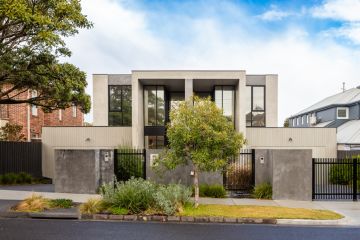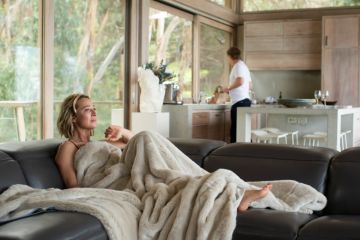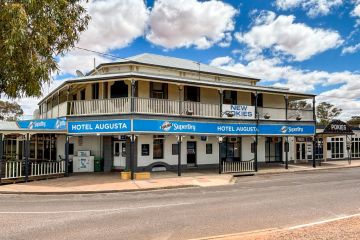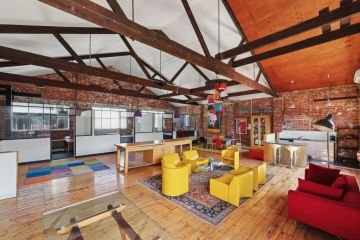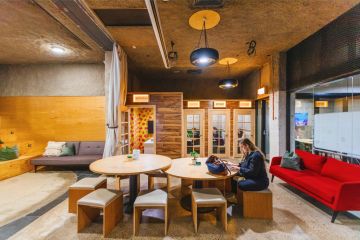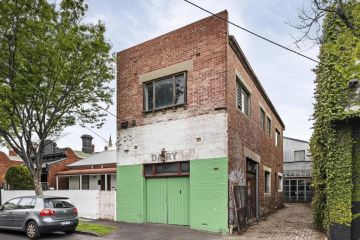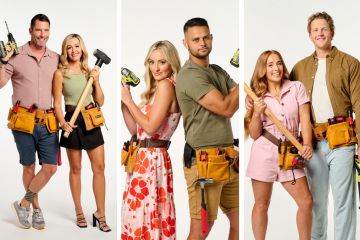Why young families are craving tree changes amid COVID-19
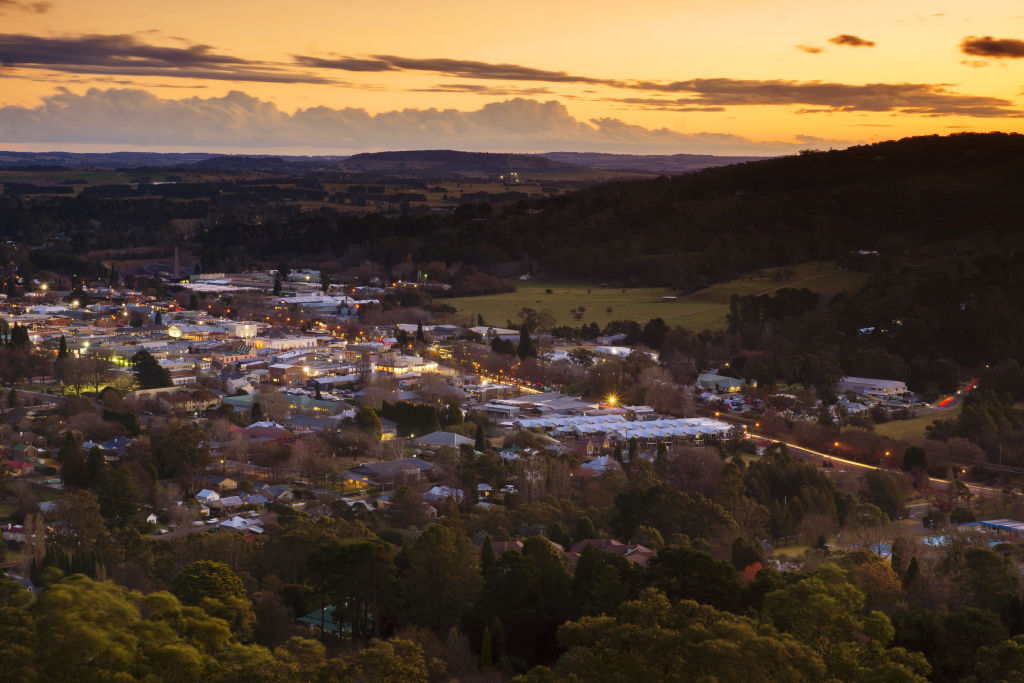
A shift like the one Simon and Olivia Moore and their eight-month-old son Zayne have just made is the goal for many in a world where working from home is now the new normal.
Simon, 28, and Olivia, 29, haven’t looked back since moving from the Sydney seaside suburb of Narrabeen to the elysian NSW southern highland town of Bowral in June.
The move has allowed them to live in a freestanding house with plenty of space. Simon says the same property in Sydney would have cost them three times as much. “We decided we wanted to raise a family young and we wanted our kids to do all the things we did as kids. That wasn’t going to be easy in Sydney.”
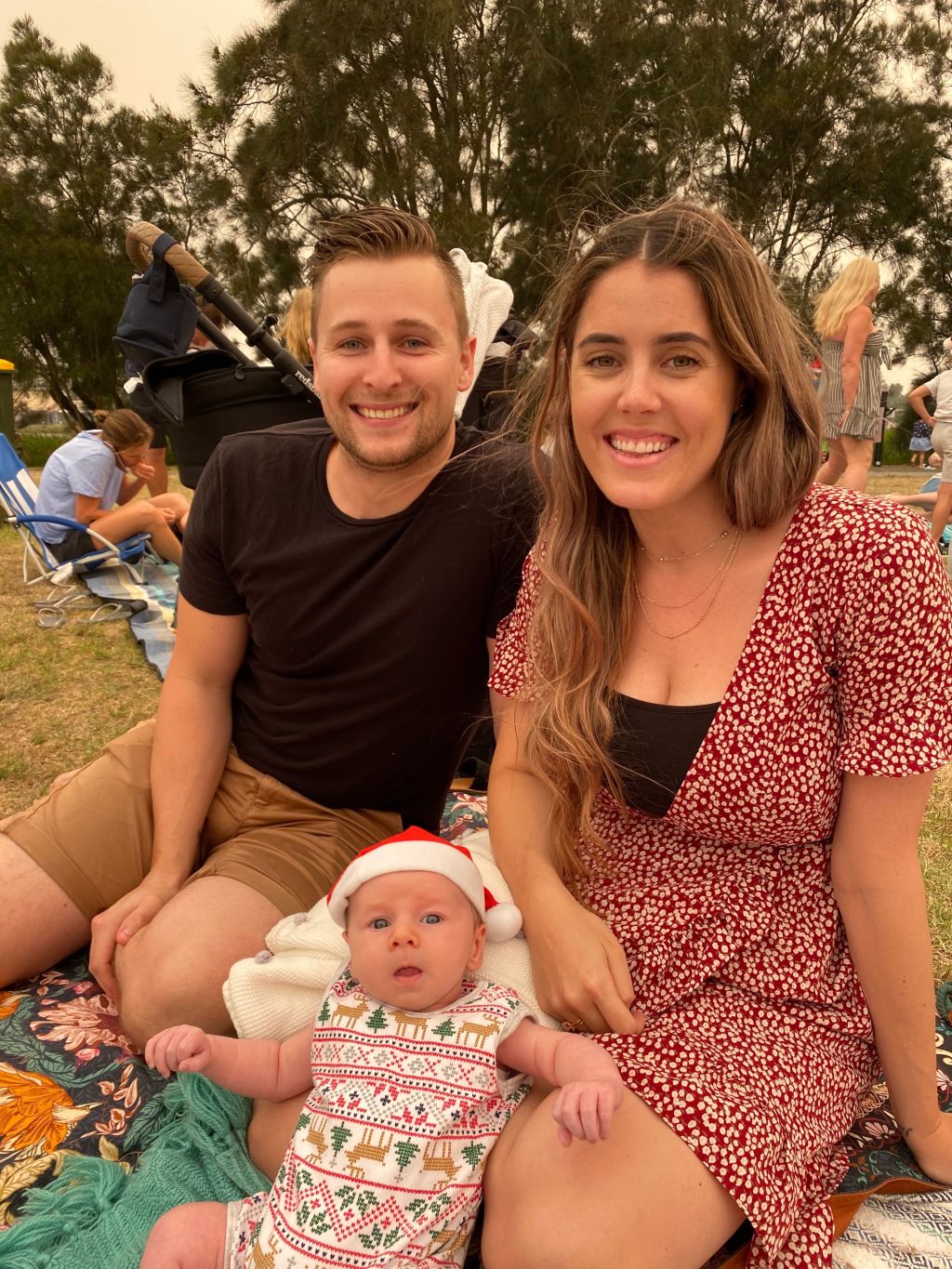
The Moores have built up equity in various properties over time. “To get our foot on the property market ladder, my parents were very gracious and helped my brother and me go halves in a unit in Collaroy,” Simon says. “That definitely helped.”
Simon is an industrial designer and product designer and Olivia is a graphic designer.
“Olivia and I lived on a single income for six years before getting married and we traded degrees,” Simon says. “I would work, she’d be going to uni and then she would go to uni and I would work. So there was a long period where we couldn’t really save.”
Zayne’s birth was the catalyst for the move to the country. “I work in Alexandria and we pulled out a map and drew a circle around that area,” Simon says. “I was already travelling an hour and 40 minutes each way to work every day on public transport. I decided if I was willing to do that from Narrabeen, I’d be willing to do that from any other spot. Quite quickly we found a place to buy in Bowral and sold our unit.”
Upside Realty director James Kirkland says there has been a 103 per cent increase in property listings in regional markets since the start of the COVID-19 lockdown.
“Buyers are looking to escape high-density living in favour of the lifestyle benefits and housing affordability regional areas offer,” he says. “Remote work makes this move much more possible.
“There’s been a real uptick in interest in regions an hour or two from Sydney and Melbourne like the Central Coast and Southern Highlands in NSW and Geelong and the Mornington Peninsula in Victoria.
“We’re seeing a lot of movement in those markets. In the Southern Highlands, the last four out of five sales have been to Sydney buyers opting for a tree change as a result of changing working arrangements,” he adds.
Echoing the Moores’ experience, house hunters tend to be Millennials who are comfortable viewing homes remotely and even purchasing property using digital technology such as DocuSign.
“There are lots of young families that have just had their first or second child starting to look at where they can get the lifestyle they are after,” Kirkland says.
It’s not just younger people who are making the move to the country. A tree change also has appeal for older people.
Montara Wealth managing director David Hancock notes the pandemic has brought forward some people’s plans to retire and relocate. This strategy can have financial benefits.
“Downsizers can use surplus funds from downsizing to provide a future income stream,” he adds.
Andrew Zbik, a senior financial planner with Creation Wealth, explains downsizing offers other potential benefits such as the chance to use advantageous superannuation rules. For instance, people who are aged over 65 who have been living in their home for more than 10 years can make a downsizer contribution of up to $300,000 to their superannuation fund when they sell the property.
“This contribution doesn’t count towards your non-concessional contribution cap or total super balance,” he says. “It can be a handy strategy to move the capital-gains-tax-fee proceeds from your home sale into superannuation.”
Zbik urges people to understand all the rules when taking this approach. For instance, some documents need to be signed within 90 days of settlement to use this strategy.
Also take into account any stamp duty costs when buying as they can eat into your funds. Buying a new home that costs $750,000 will incur stamp duty of around $29,183 in NSW, $26,775 in Queensland and $40,070 in Victoria. You can also add up to $5,000 in legal and home loan application fees to these amounts.
On the other side of the transaction,Zbik estimates selling a property can cost up to three per cent of the sale price in real estate agent fees, marketing costs and legal expenses. So budget $30,000 for fees if you’re selling a $1 million home.
While buying and selling costs money, for some it’s a small price to pay to realise a treechange dream and shift gear to a more affordable, less stressful life in a regional area.
We recommend
We thought you might like
States
Capital Cities
Capital Cities - Rentals
Popular Areas
Allhomes
More
